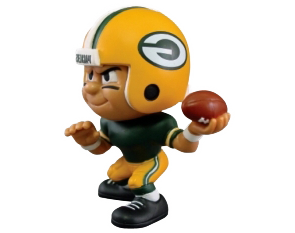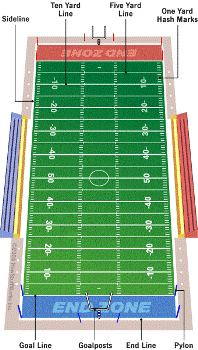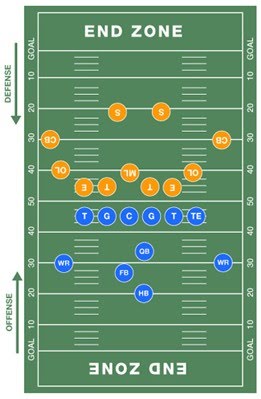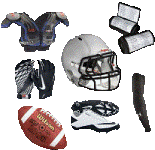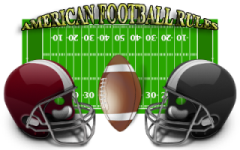
American football, known in the United States simply as football, is a sport played between two teams of eleven with the objective of scoring points by advancing the ball into the opposing team's end zone by running with it or throwing it to a teammate.
Random photos




